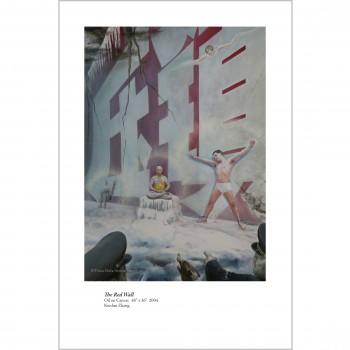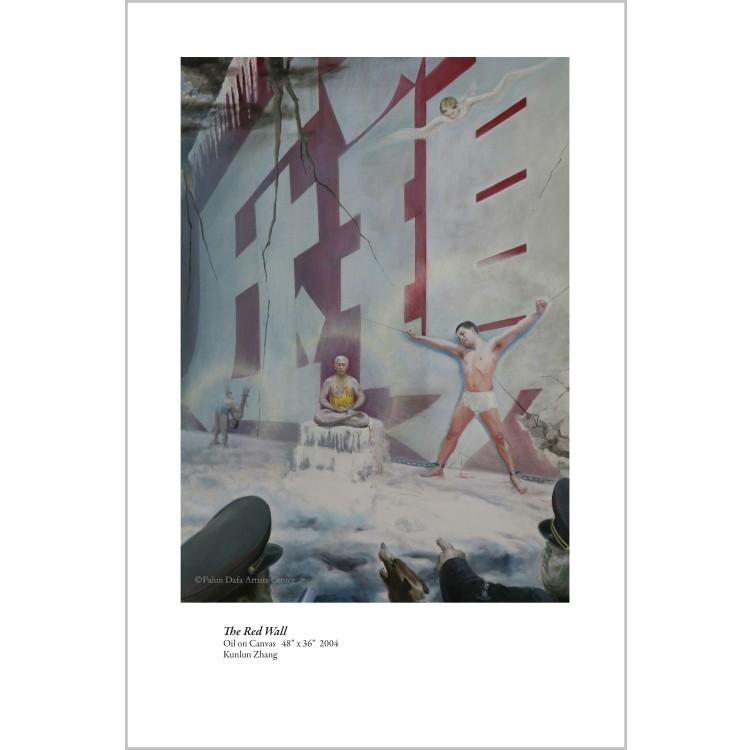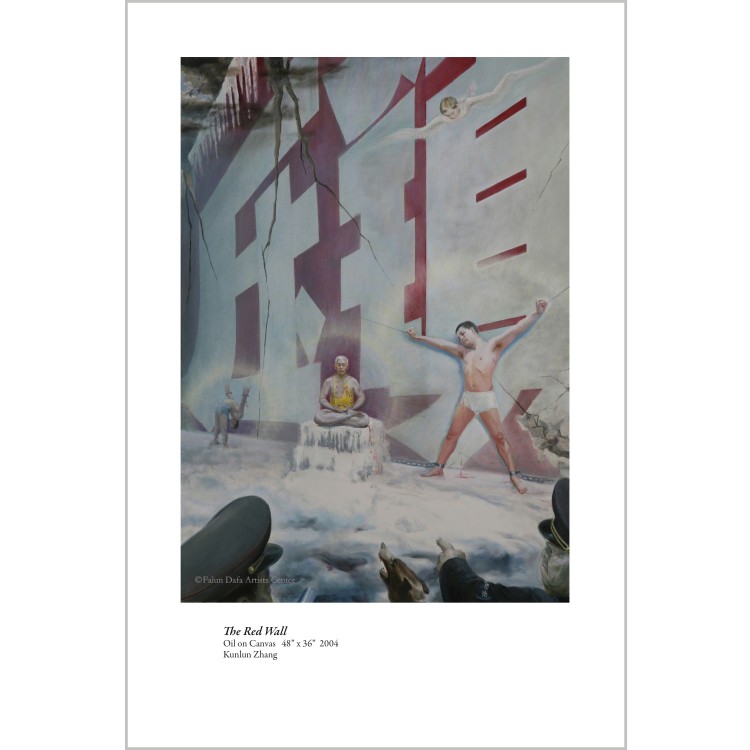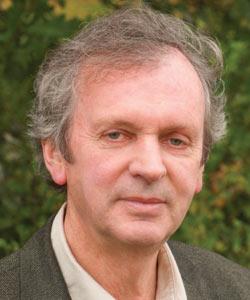The Art of Truth, Compassion, Tolerance Comes to the UK
The Art of Truth, Compassion, Tolerance exhibition began this year’s tour of the UK opened in Chichester.

'Red Wall', 2004, by Kunlun Zhang. Oil on Canvas, 36 in x 48 in. Falun Dafa Artists Center
|Updated:





